Why do plants wilt? Have you ever seen men sweated and ladies wilted? Not only human will but also plants will wilt.
In a hot weather, when the temperature is getting high, both leaves and flowers begin to drop. Sometimes, the condition seems to an alarming degree.
Wilting basically happens when the leaves dismiss the moisture into the air. This is called transpiration, a condition at which the roots are not able to supply water to the leaves anymore.
As human perspiration, a self-protective heat mechanism should be used by the plants to survive due to the excessive heat.
Why Do Plants Wilt Scientifically?
Scientifically, leaves are covered by a water-impermeable cuticle membrane on the top part of the surface.
This way, leaves use stomata or pores to evaporate water. In details, the stomata will open to evaporate the water.
Once it is open, the leaves suck the water through the plants tissue out of the roots.
The way the leaves sucking water from the roots, the nutrient will be brought, too, and distributed to all of the plants cells. Isn’t this reminding you to a biology subject?
The leaves also need to absorb carbon dioxide for the photosynthesis process. In this case, the transpiration is best described as a regular self-feeding attitude. This way, the stomata will open in a cooler temperature at night.
What Does Wilting Means?
As we have mentioned, wilting is a plant transpiration due to the hot temperature.
Simply to understand, that is the case when the roots are not able to supply enough water for the leaves anymore.
While the leaves need water to carry out its function, yet the roots are unable to do so. That’s wilting.
In this condition, the leaves look damp or dewy because of the transpiration, making the plants mainly depend on soil water. When the hot days come, the roots has no enough water for the leaves to absorb.
Why Do Plants Wilt In the Sun?
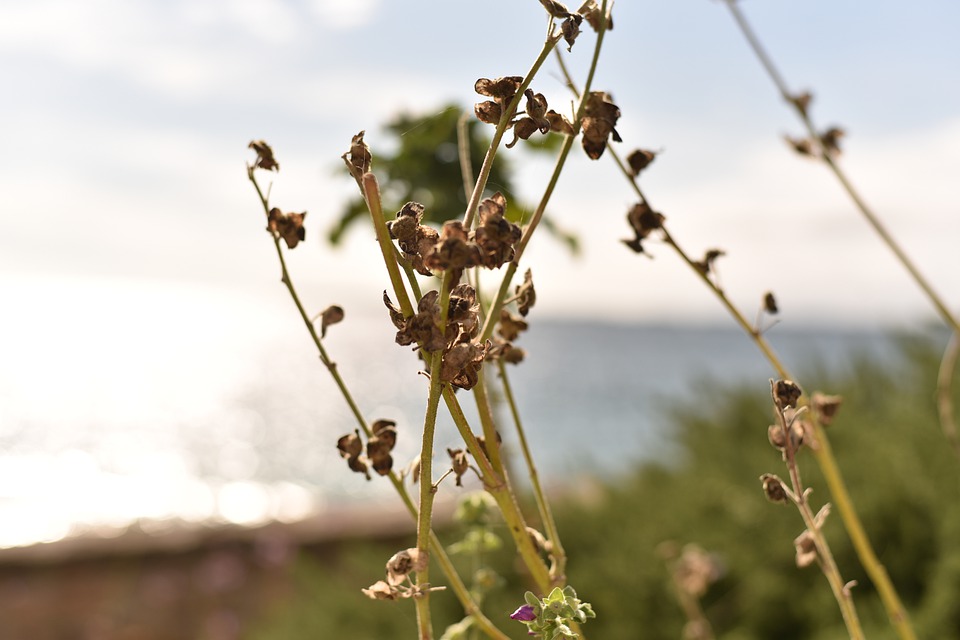
Why do plants wilt in the sun? There are some factors that intensify the wilting.
The primary factors are the dry soil and the prolonged hot sun, causing the leaves to fall when the air is highly dry and hot.
High humidity in the hot day can decrease the water quantity needed by the leaves from the roots while the winds can increase the necessity of water supply, causing more and more drooping.
Plants with a poor nutrition or poor drainage in the soil will experience a hard time to develop roots because of the less-watered growing condition.
This way, the roots are even near to the soil’s surface. On the other hand, plants with rich nutrients and enough water to absorb will make the roots stay on the bottom.
Other Causes Why Plants Wilt
There are a number disease that attack plants which are collectively known as “Wilt”. These disease cause the plants to wilt and discolor.
Wilt occurs as there are infections due to the viruses, bacteria and fungi. These disease will kill the plants if you don’t take any treatment at all.
If a wilted plant doesn’t sign to grow after being watered and looks unhealthy, the problem might be on one of the culprit. For this problem, modern gardeners choose to develop resistant strains and varieties for the plants.
Wilt Types
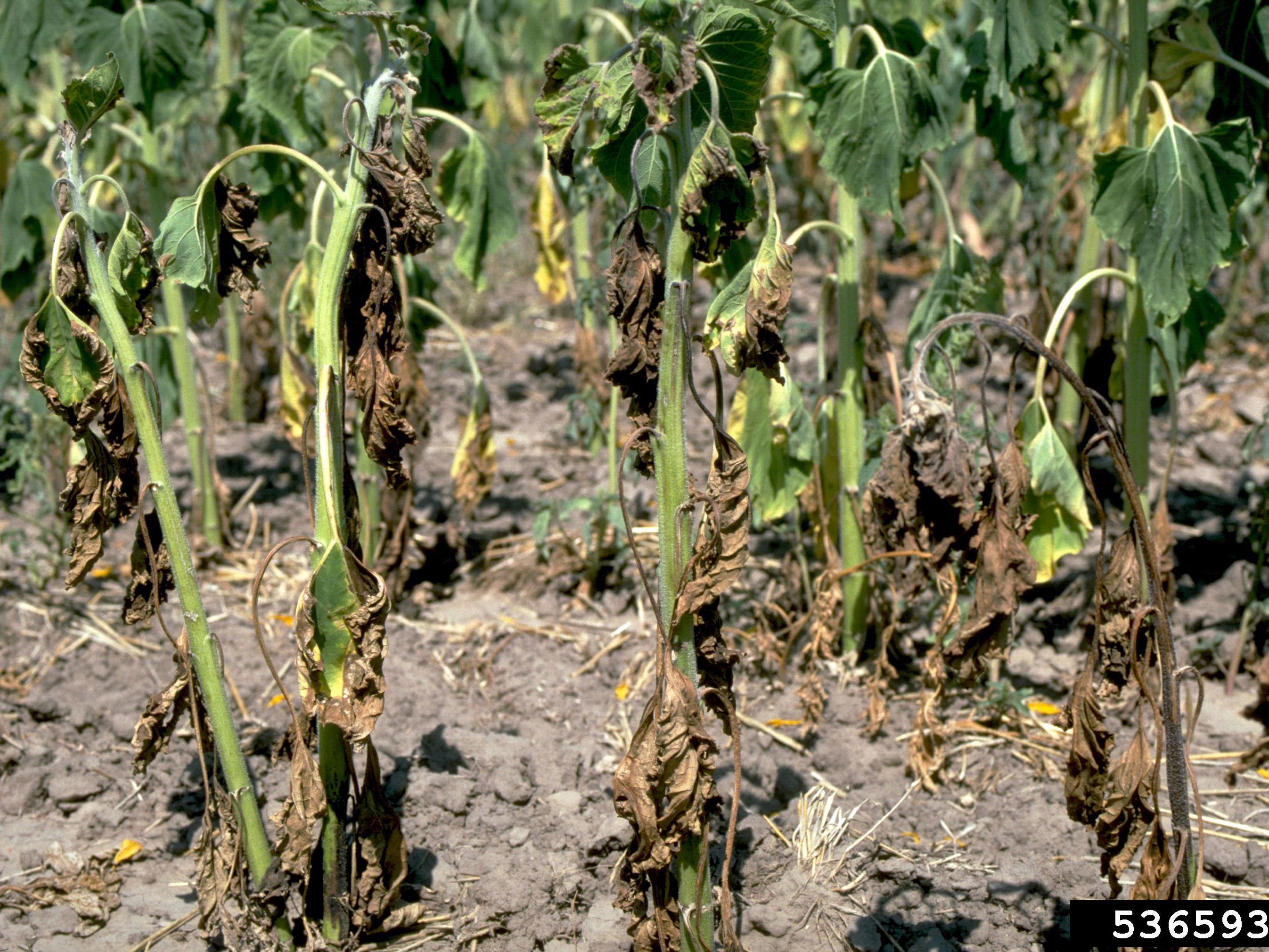
There are some types of plants wilt that you may never think of. Those are physical wilts, disease wilts and pest wilts.
Physical Wilts
Physical wilts deal with the reason why the plants wilt physically and how it occurs.
As we have mentioned, the lack of water and nutrients absorbed by the roots cause the plant to shut down and wilt. If no water received further, the plants might start drooping its leaves and finally dying.
The lack of water can also be caused by the soil or compost at which the plants grow is dried out.
No water means the soil and compost dry. And the roots begin to die. At this point, even the watering will not lead the plants to recover or survive.
Interestingly, giving too much water will have the same effect. Waterlogged and flooded soil will just cause the water drives out the air.
This way, the roots need the air to breathe. If there is no air available, the plants will literally drown in the water.
Some plants come with very brittle stems that are easily broken. This is how the wilt is caused by the damaged stems. This prevents water from reaching the other parts of the plants especially where the damage has happened.
Disease Wilt
Why do plants wilt?
It is also possibly caused by the disease. This way, the disease may kill the roots or they enter the water-conducting vessels inside the plants. Later, the disease clog the roots up so that the water cannot reach to the inside of the plants.
These disease includes vertilicum wilt (caused by fungus), peony wilt (an infection of the leaves and stems), phythophthora root rot (caused by fungus) and clematis wilt (caused by a fungal disease).
Pest Wilt
Any pest that eat all the plant roots including vine, weevil and leather jackets can cause the plant to wilt. So you must try to avoid or reduce the use of pest for your plants.
Natural way of gardening is much more recommended than using pest. However, if it is a must to use it, you must read on the instructions well.
Wilt Symptoms
Why do plants wilt? Now that you have known why the plants wilt, the next thing to know about wilting is the symptom. It is related to the sign when the plants start wilting.
Either gradually or suddenly, the plants leaves, stems and flowers start to droop. These will then followed by the collapsing of the plant at which all the leaves are turning brown and drooping off. The whole plants are eventually dying.
If the wilting is caused by the stem damaged, only the stem parts that would be affected. Other parts of the plant still carry on growing normally.
Strategies To Reduce Wilting
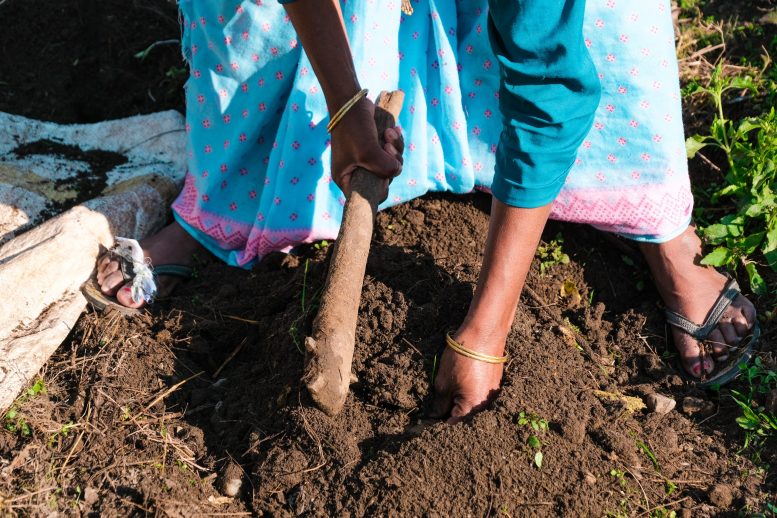
So what do you do when you know the plants are wilting? Don’t worry too much about it. There are definitely some strategies to help reduce wilting.
Wherever you are, try to improve your soil conditions before you start planting and add some organic materials for sand and nutrition as well as peat moss and other drainage amendments.
These are aimed to provide your plants with the best chance to send down strong roots. Thus, the plants will survive from its stress because of the environmental changes.
Whenever possible, make sure you take the wilting into your garden plan. So that you can take an action when wilting occurs onto your plants.
For instance, all varieties of hydrangeas grown in the United States are noticeably wilting. So you can plant them in an area where they will receive sunlight in the morning and some in the afternoon through the shade.
Watch out on annuals wide leaf surfaces such as cucumber. This way, you can use their drooping leaves as an early-warning to water.
This is a kind of watering technique that will be able to reduce wilting. Deep-watering frequently in a week along with the daily watering will provide your plants with a good support for growing roots in a hot summer day.
Focus on watering the roots and the soil outside the branches, creating a thick layer of mulch. Later, the mulch layer will make the roots stay cooler and help prevent the water evaporation from the soil.
If you notice your plants are wilting, give them time to recover before determining that they are dead. Though there is a signal for wilting, there is always a way to survive.
Plants Wilting Prevention
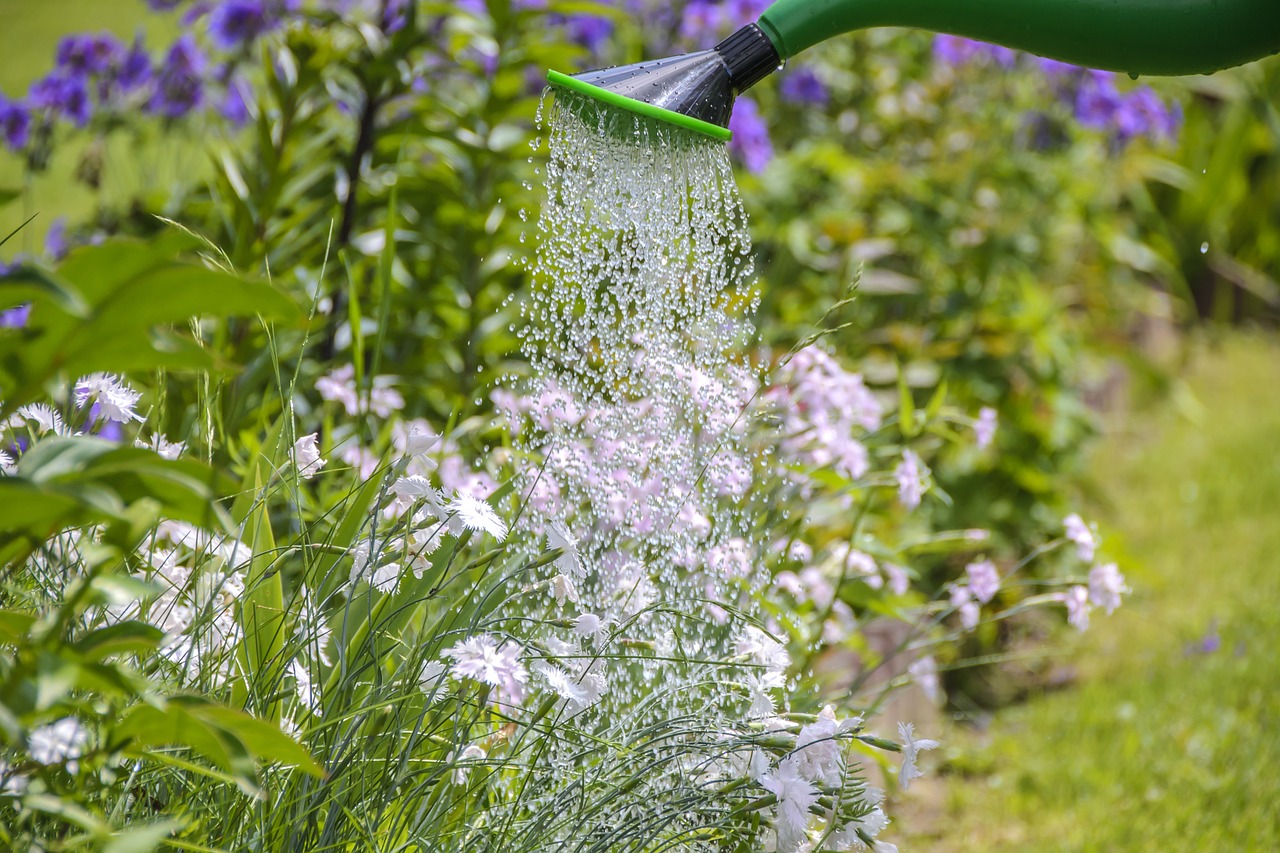
Now that you know the fact of plants wilting, you must recognize how plants around you wilt. Then, you have already known the strategies to reduce the wilting.
As everybody understand, prevention is much better than healing, thus, we have to find out what to do to prevent your plants from wilting. So that you can keep your plants growing well without a chance of wilting.
In this regards, providing enough soil moisture is considered as the most practical way of preventing the plants from wilting.
Further, recognize the plants type and the environment conditions is also necessary before you plant. Is it better to start planting in a hot summer or in a cold climate?
For most of outdoor plants and trees, you should remember that they still need water to absorb though it is a winter time. Thus, it is importantly necessary to water them in the autumn just before the winter comes. This is a must particularly for the evergreen plants as well as the newly panted ones.
Further, people sometimes keep spraying anti-desiccants on the trees and plants during the winter to decrease water loss because of transpiration.
Anti-desiccants are the compounds used to reduce dehydration and prevent drying.
Why do plants wilt while you are overwatering them?
Truly, if you over-water the indoor plants, it would wilt in some certain situations. This is due to the soils which are saturated with the water and contain no oxygen. As a result, the roots will be unable to effectively absorb water.
Watering Tips to prevent The Dreaded Wilt
In addition to the plants wilting prevention, here are the watering tips you can follow to prevent the dreaded wilt.
- Keep watering the flower even before the plant starts wilting. There is a Sustee Watering Checker, a device that tells you the schedule to water your plants. This device is clever enough to show you when to water.
- Give the plants a deep water anytime they need it. This way, you could install a shower and let it soak up the water. Thus, your plants keep being watered anytime you want.
- Remember, plants are different one to another. The larger plants will need more moisture than the shorter one.
- Don’t forget to use the good quality and free draining potting mix. Make sure your pot has already drainage holes in the bottom.
- Self-watering pots are great options. Watering the flowers are great ideas to take the amount of water that can thrive for weeks. Do it by taking an amount of water that the plants need.
Treatment and Control
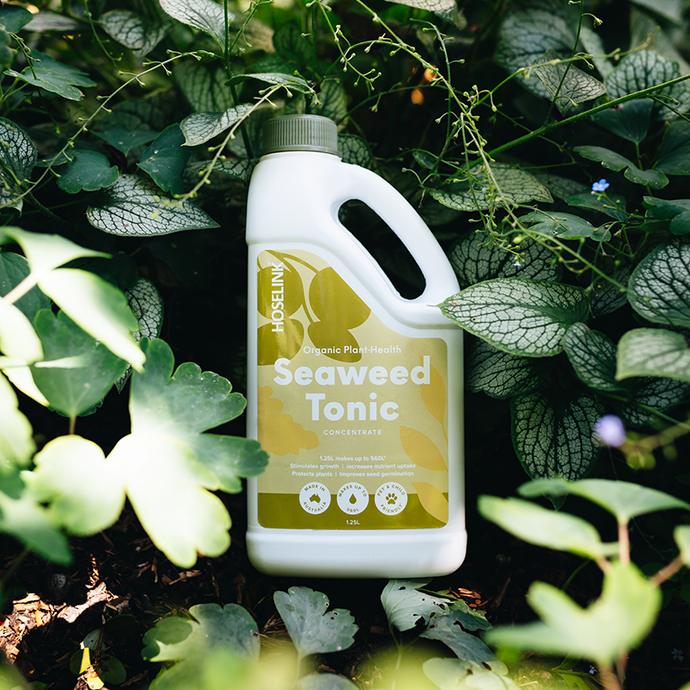
The treatment and control will depend on the cause of wilting. If it is caused by the lack of water needed by the roots, the treatment requires you to carefully re-water the soil and compost.
Why do you need to be careful? Well, overwatering and flooding the growing-medium plant can lead to the root damage. This will lead further wilting later on.
If the wilting is caused by the stems damage, all the things you should do is to prune out all of those affected parts. Give food to the plants with a good plant food to support recovery.
In this case, it is difficult to control the disease that leads to the plant wilting. There are no chemical control provided to help for prevention.
The plants might be saving depending on how much damage that has been caused. This way, giving liquid feed or foliar feed may be helpful for recovery. Tonics is the example of liquid feed which is based on the seaweed.
Meanwhile, if you want to improve the drainage, you can use phytophthora root rot which is associated with wet, flooded soil and waterlogged.
Final Words
Finally, why do plants wilt? Hot weather causes the plants to wilt. Hot weather reduces the moisture and water in the soil, causing the roots unable to provide any nutrients within the water to be absorb the plants.
There have been some valuable information dealing with why the plants wilt including the strategies to reduce wilting and the procedure to prevent the plants from wilting.
Read carefully on our article again to ensure yourself before start planting.